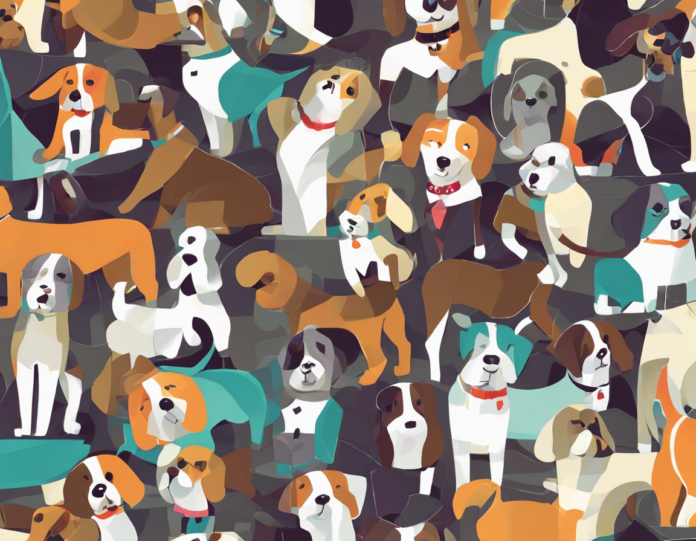Introduction
Breeding dogs is a common practice among dog owners, breeders, and enthusiasts. However, many are not fully aware of the potential dangers and risks associated with handling dog semen. In this article, we will delve into the various aspects of dog semen, including its composition, potential hazards, and safety measures that should be taken when working with it.
Composition of Dog Semen
Dog semen is made up of spermatozoa and seminal plasma. The seminal plasma provides nutrients and protection for the sperm, allowing them to survive and function properly. Spermatozoa are the male reproductive cells responsible for fertilizing the female egg. Dog semen also contains various enzymes, proteins, and minerals that support the sperm’s motility and longevity.
Potential Hazards of Handling Dog Semen
While dog semen is essential for breeding purposes, it can pose several risks to both humans and dogs if not handled properly. Some of the potential hazards of handling dog semen include:
-
Zoonotic Diseases: Dogs can transmit zoonotic diseases to humans through dog semen. These diseases include brucellosis, campylobacteriosis, and leptospirosis. It is crucial to take precautions to prevent the spread of these diseases.
-
Allergic Reactions: Some individuals may develop allergic reactions to components present in dog semen. Symptoms of an allergic reaction may include itching, redness, swelling, and difficulty breathing. It is essential to seek medical attention if an allergic reaction occurs.
-
Chemical Exposure: Semen collection procedures may involve the use of chemicals such as extenders and preservatives. Improper handling of these chemicals can pose health risks to both humans and dogs. It is important to follow safety guidelines when using these substances.
Safety Measures for Handling Dog Semen
To ensure the safe handling of dog semen, the following safety measures should be followed:
-
Use Personal Protective Equipment (PPE): When handling dog semen, individuals should wear gloves, masks, and protective clothing to prevent direct contact with the semen. This helps reduce the risk of exposure to potential hazards.
-
Proper Hygiene Practices: Individuals should wash their hands thoroughly after handling dog semen to prevent the spread of bacteria and germs. Cleaning and sanitizing collection equipment is also essential to maintain a hygienic environment.
-
Storage and Transport: Dog semen should be stored in appropriate containers and at the correct temperature to preserve its quality. During transport, precautions should be taken to prevent leaks or spills that could lead to contamination.
-
Regular Veterinary Checks: Dogs used for semen collection should undergo regular veterinary checks to ensure they are healthy and free from infectious diseases. Any signs of illness should be addressed promptly to prevent the spread of disease through the semen.
FAQs
-
Can humans get sick from handling dog semen?
While rare, humans can contract zoonotic diseases from handling dog semen. It is essential to take precautions and practice good hygiene when working with dog semen. -
What is the best way to collect and store dog semen?
Dog semen should be collected using proper techniques and stored in appropriate containers at the correct temperature. It is advisable to seek guidance from a veterinarian or experienced breeder. -
Are there any risks associated with artificial insemination using dog semen?
Artificial insemination using dog semen is a common practice and is generally safe when performed correctly. However, there may be risks associated with improper handling or storage of the semen. -
How long can dog semen survive outside the body?
Dog semen can survive for a limited time outside the body, depending on factors such as temperature and storage conditions. Proper handling and timely insemination are crucial for successful breeding. -
What precautions should be taken when working with frozen dog semen?
When working with frozen dog semen, it is important to follow thawing procedures recommended by the semen provider. Proper handling and timing are key to maintaining the semen’s viability for successful breeding.
In conclusion, understanding the dangers of dog semen and taking appropriate safety measures are essential for ensuring the health and well-being of both humans and dogs involved in breeding activities. By following proper protocols and seeking guidance from veterinary professionals, breeders can mitigate risks and promote successful breeding outcomes.


Recent comments